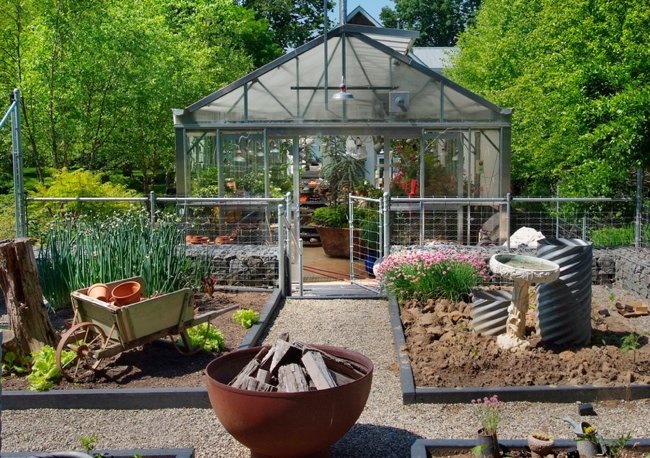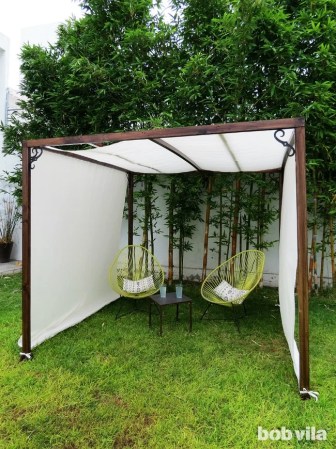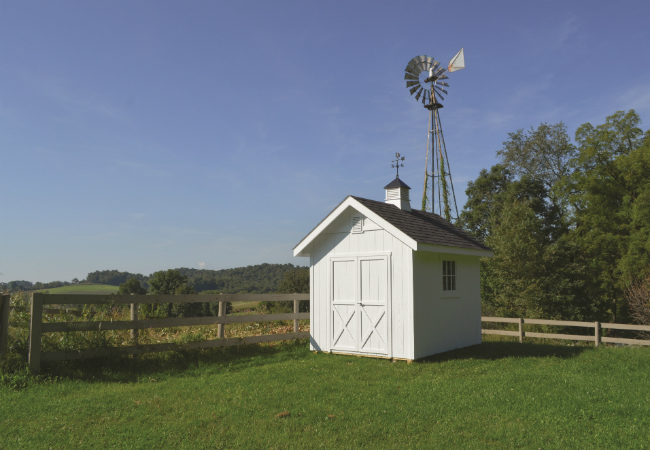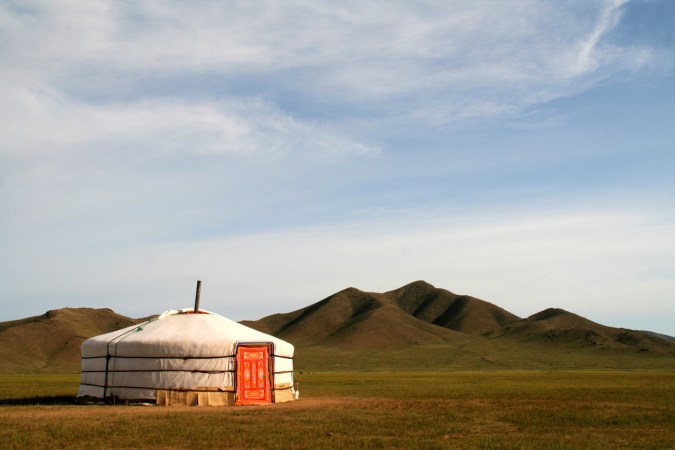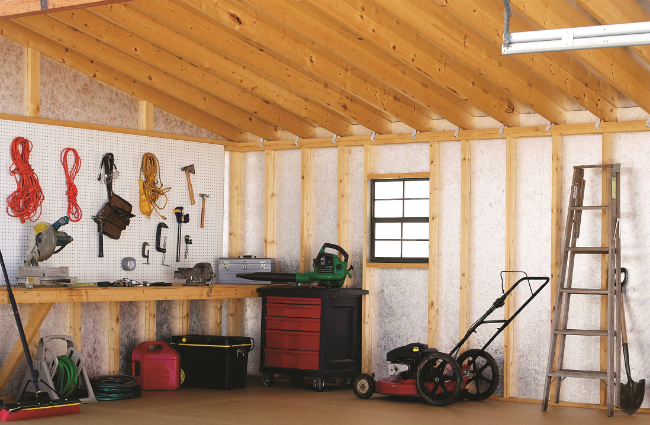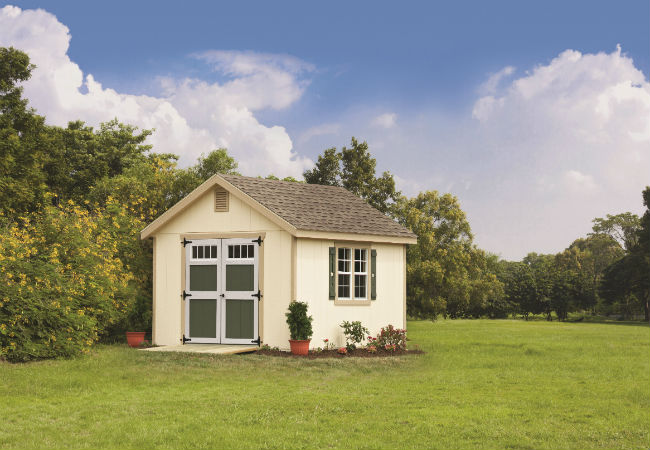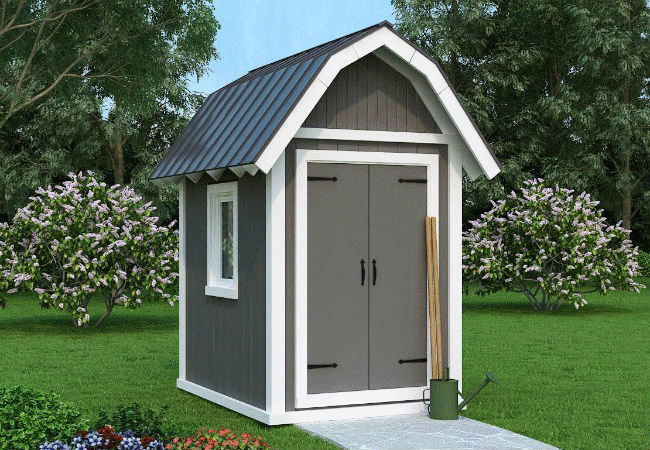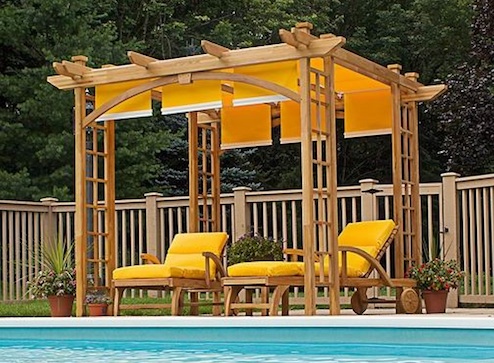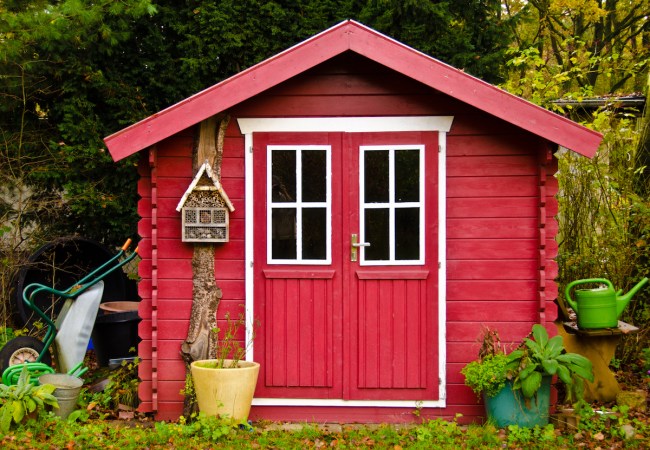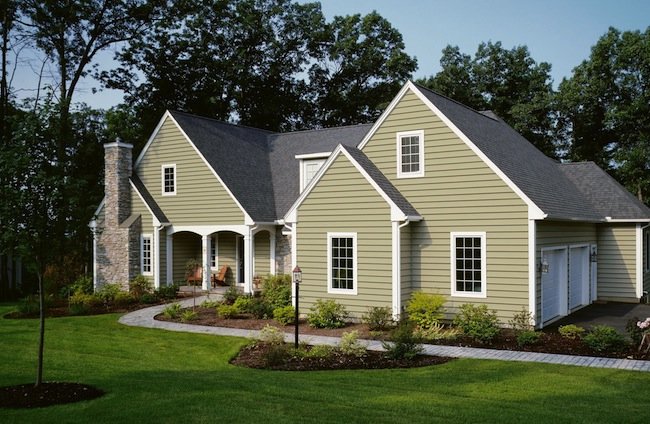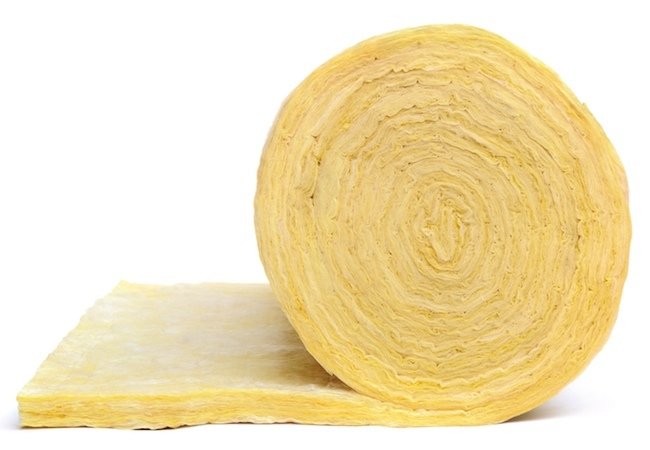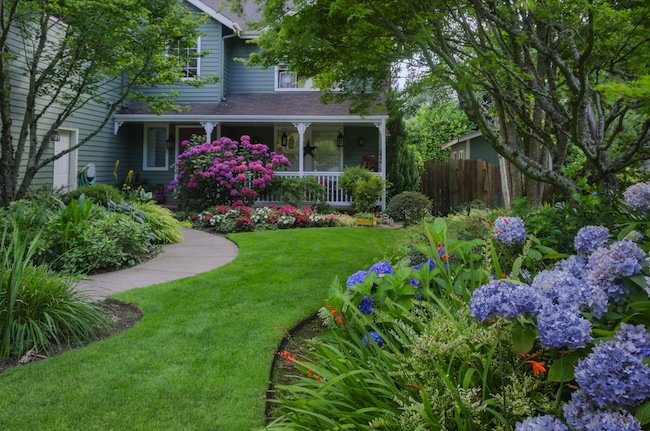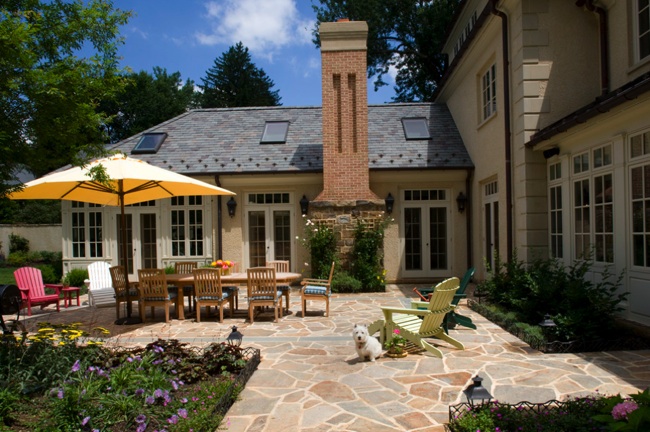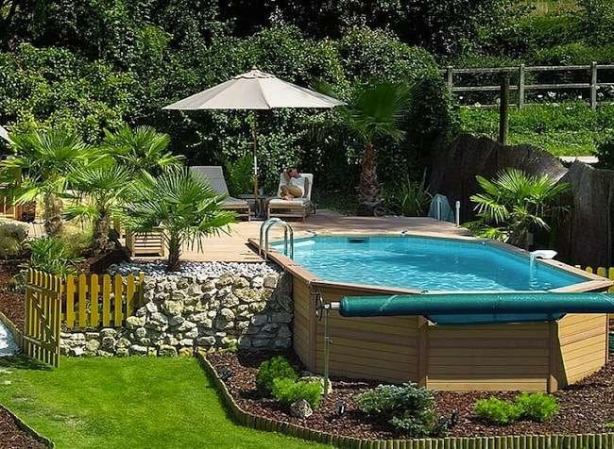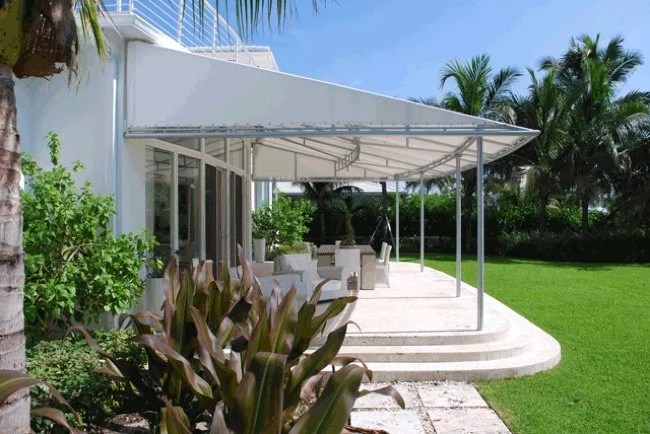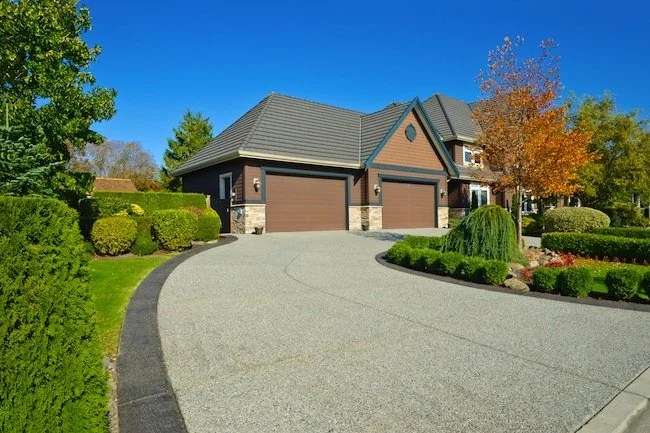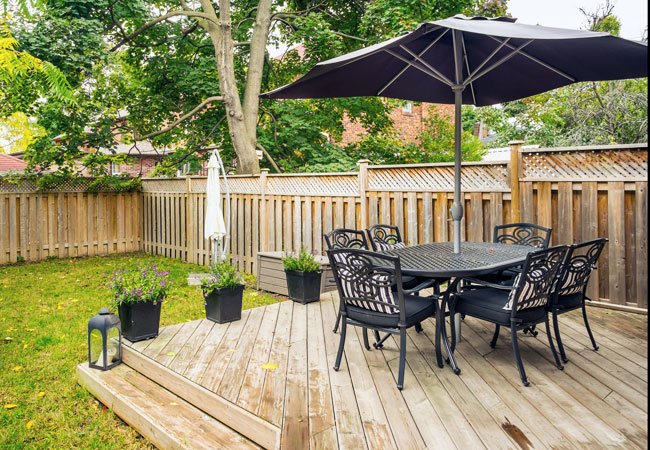We may earn revenue from the products available on this page and participate in affiliate programs. Learn More ›
Shorter days, colder temperatures, and frozen earth: For most, the advent of winter marks the year’s end of planting, pruning, and picking. Greenhouses—backyard structures of varying sophistication—extend the growing season well beyond the sun of spring and summer, providing a soul-warming haven of green for their cultivators. Let’s put it this way: A well-maintained greenhouse can supply fresh vegetables for the dinner table, even in the midst of a snowstorm.
Site
It doesn’t really matter where you put the birdbath, but choosing an appropriate site for a greenhouse is critically important. The ideal location is south side of your property, where the greenhouse is most likely to receive the most sunlight throughout the seasons. Failing that, try for a site that is west-facing.
No matter the location you ultimately choose, take pains to ensure the greenhouse is going to get good morning sun. Observe the way light falls over your yard throughout the day, and plan around any trees or outbuildings that cast shadows on your property. Don’t avoid foliage entirely, as deciduous trees provide valuable shade that protects the greenhouse from the strong midday sun of summer. And when the leaves drop in winter, the greenhouse welcomes the scant winter light.
While sun exposure takes priority, it’s also important to protect your greenhouse from the elements. Areas rimmed by a fence or a line of shrubbery are preferable, as those barriers tend to diminish the strength of winds that otherwise would steal vital heat from the interior of your grow zone.
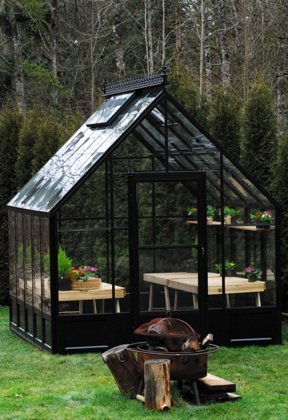
Design and Layout
In the case of greenhouses, size matters. If you’ve never had a greenhouse before, you might be tempted to build a small one. Counterintuitively, small greenhouses are the most challenging, even for experienced growers, since they are prone to dramatic temperature fluctuations.
Meanwhile, a larger greenhouse requires commensurately larger or more powerful heating and cooling equipment—in other words, initial and ongoing costs mount. The recommended minimum dimensions are six feet wide by 12 feet long. A 17-foot-wide design offers an appealing ratio between the size of the structure and the amount of usable area inside.
Related: 11 Amazing DIY Sheds Around the Country
A favorite layout involves three long tables—often called “benches”—one running down the middle and one along each side, with walkways between. For maximum flexibility, consider adding caster wheels to a collection of several benches so that from season to season, as the light fluctuates, you can reconfigure the greenhouse as needed.
Buy or create benches topped with a durable waterproof material, as much for easy cleanup as longevity (laminate countertops are a popular choice here). As a safeguard against rust, opt for plastic or fiberglass storage shelving.
Framing
As you plan the construction of your greenhouse, two central questions must be answered: In what shape will it be built, and using what materials?
Shape. The right shape for your greenhouse depends on your climate. If you live somewhere that frequently gets snow, then a pitched roof is a must. Elsewhere, a rounded roof structure may be used (options include Quonset or Gothic styles). If you’re tall, however, be aware that it may be difficult for you to stand upright inside an arch-topped greenhouse.
Framing. Materials used to build greenhouse framing generally fall into one of two categories, wood or metal. Wood must be pressure-treated, as greenhouses are moist environments that would promote rot in traditional lumber. Among metals, galvanized steel and aluminum rank as favorites due to their light weight and rust resistance. Live in a mild climate? You might consider inexpensive PVC piping, especially if you’re only seeking a temporary solution.
Siding
The twofold mission of greenhouse cladding is to let in lots of light, while retaining heat and standing up to the weather. Tempered glass is the first choice. But of course if you go for glass, then your framing must be strong enough to support those heavy glass panels, in which case a wood structure is recommended for do-it-yourself builders. At the other end of the spectrum is plastic sheeting, a flimsy material best used in mild climate with low wind.
Related: Chick Magnets: 10 Irresistible DIY Chicken Coops
An increasingly popular choice is single- or double-walled polycarbonate sheeting. (Some greenhouse gardeners even prefer it over plexiglass, which can crack or discolor over time.) The flexible, light-filtering sheets are easy to work with and sturdy enough to withstand the elements. In particular, the double-walled variety offers excellent heat retention, as the layer of air between its twin sheets effectively acts as insulation.
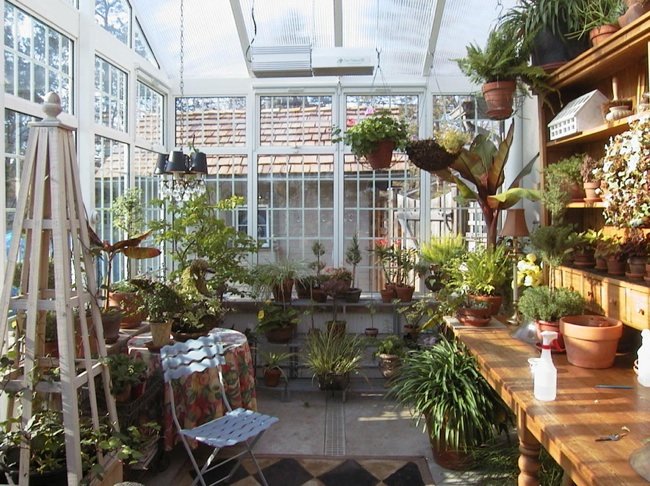
Flooring
Depending on your project budget and personal style preferences—as well as on the design decisions made with respect to framing and cladding—greenhouse flooring can be as simple as gravel-covered dirt or as elaborate as tiled concrete. A gravel floor offers the advantage of easy drainage, and for a greenhouse built with aluminum framing and plastic sheeting, it’s the natural choice. With more substantial structural materials, a more substantial floor makes sense.
Heating, Cooling, and Irrigation
Plants don’t normally fare well in temperatures below 55 degrees Fahrenheit, so if you live in a place with cold winters and wish to use your greenhouse once the natural season has ended, the space must be heated. For this purpose, portable electric, gas, or propane-powered generators are sufficient in most cases.
A greenhouse isn’t useless without a heater; some hardier crops, such as lettuce and broccoli, may be grown in unheated greenhouses. But of course your range of options expands considerably if or when the space sees the addition of a heater.
Related: 10 Smart Options for Compost Bins
In the summer, you have the opposite challenge, as excessive heat endangers plant health. Greenhouses are of course designed to trap warmth, but you must engineer a way for hot air to escape when necessary. This can be as simple as a roof vent or as complex as a system of intake and exhaust fans. Some even choose to install an evaporative air conditioning unit in order to maintain an optimal greenhouse temperature.
What about watering? Hand-watering is fine, assuming that you’ll always be available. For peace of mind away from home, you can either buy or build a drip irrigation system, one that connects to a timer system and administers water through perforated lengths of hose strung along the benches.
Greenhouse Kits
Although building a greenhouse from scratch enables you to tailor the design around your needs, there are hundreds of prefab greenhouse kits readily available for sale. Believe it or not, a kit can be more expensive than going it alone, but their great advantage is helping you avoid costly pitfalls as a result of flawed planning. Many gardeners find that a kit facilitates the process, bringing the dream of a greenhouse within closer reach. After all, almost anyone would agree that the sooner you can planting in your new greenhouse, the better!
